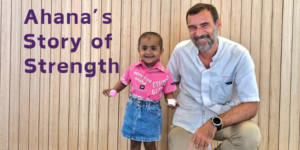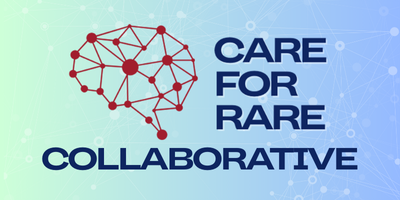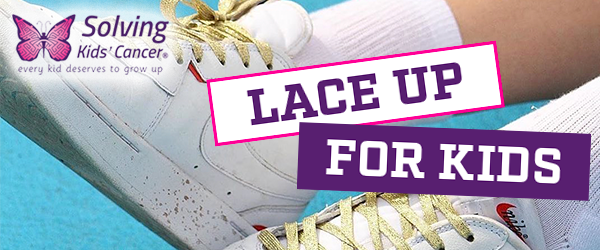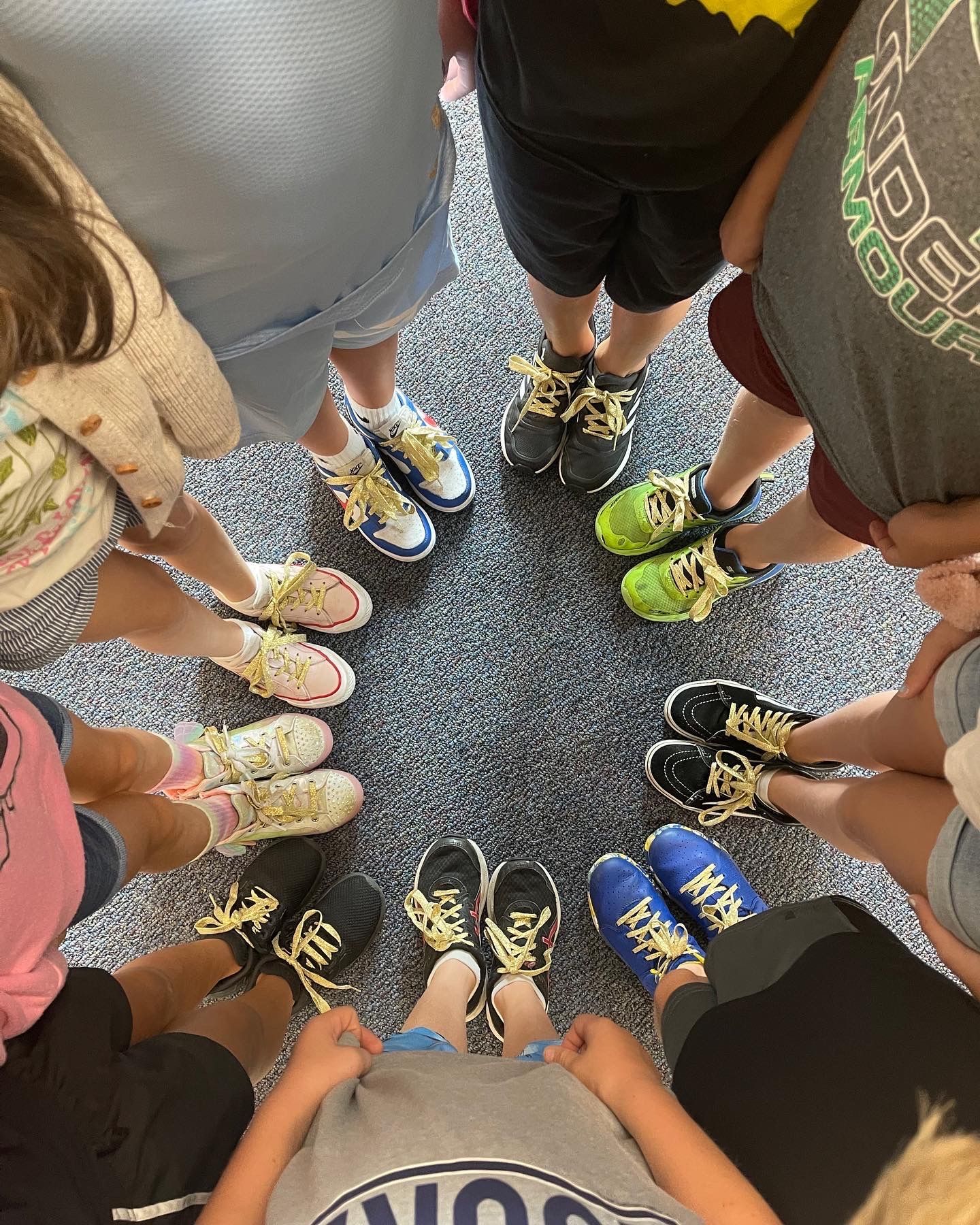
Brain and spinal cord tumors, also known as central nervous system (CNS) tumors, are the most common type of solid tumors affecting children. Brain tumors make up about 25% of pediatric cancers, and are the second most commonly diagnosed cancer in children and now, the deadliest type of childhood cancer, ahead of leukemia.
The cause of primary brain tumors is unknown, although some tumors have germ line mutations and tend to be hereditary. The majority result from somatic mutations and are not hereditary.
Brain and spinal cord tumors are masses of abnormal cells that have grown out of control. Tumors can form in almost any type of tissue in the brain and spinal cord, and are typically classified based upon the tumor’s cell structure, composition, rate of growth, location and grade (a number that indicates how abnormal the cancer cells are and how fast they are likely to grow and spread).
Symptoms of a brain tumor develop when abnormal tissue expands and puts pressure on healthy brain tissue or the tumor interferes with the normal flow of fluid around the brain and spinal cord.
Symptoms of Brain Tumors in Children
Symptoms of brain tumors in children vary depending on the size, location, type and grade of the tumor. Children with a brain tumor may experience:
• Seizures
• Nausea and vomiting
• Problems with walking or balance
• Changes in personality
• Aggression and irritability
• Weakness or lack of energy
• Learning difficulties
• Memory loss
• Problems with hearing, vision and other senses
• Pain, especially back pain
• Headaches, especially early in the morning or in the middle of the night
Types of Rare Brain Tumors
While there are many different types of brain tumors that affect children, rare tumors are often the most difficult to treat, in part because so little research has been done on them, and in part because they are typically more fast-growing and aggressive. Rare brain tumors have recently become much better classified as distinct entities with their own unique biological characteristics.
Some rare types of brain tumors in children are:
Atypical Teratoid Rhabdoid Tumor (ATRT) – a fast-growing tumor that typically begins in the cerebellum, or brainstem. ATRTs are very rare. They are found in fewer than 3% of children with brain tumors and are most often seen in children three years of age or younger.
Embryonal Tumors with Multilayered Rosettes (ETMR) – aggressive, small round blue cell tumors that mostly occur in children two years of age or younger.
Diffuse Intrinsic Pontine Glioma (DIPG) – a tumor located in the pons (middle) of the brain stem. They are more common in children between the ages of five and 10 years, and account for about 10% to 20% of childhood brain tumors.
Because of their varying locations, characteristics and severity, treating brain tumors in children, especially rare ones, can be incredibly challenging.
Treatment for Brain Tumors in Children
Brain tumors in children are typically treated with a combination of radiation, chemotherapy and surgery. However, the brain is a crucial and highly sensitive organ, and different parts of the brain affect different functions of the body, such as vision, speech and movement.
Typically, the best course of action is to remove the brain tumor with surgery, but surgery is not always an option (such as in DIPG). Depending on the location of the tumor and how widespread it is, it may not be possible to remove the tumor without damaging other parts of the brain.
It’s often difficult for other treatments, such as chemotherapy, to reach the tumor as well. The brain is surrounded by a protective layer of cells (called the blood-brain-barrier), which prevents toxins, pathogens and most drugs from reaching the brain.
Prognosis for Rare Brain Tumors in Children
Like the treatment plan, the prognosis for children with brain tumors depends on the type of tumor, its grade, its size and its location. Brain tumors may be low grade (less aggressive) or high grade (very aggressive).
Unfortunately, because research isn’t prioritized for rare, pediatric brain tumors, the survival rates remain unsatisfactorily low, below 50 percent. Even in the case of survival, children are often left with lifelong effects from the tumor and its treatment, including learning difficulties, growth problems, paralysis, and more.
Pediatric Brain Tumor Research
Despite significant improvements in outcomes for some pediatric cancers, when current treatment options such as chemotherapy, surgery, and radiotherapy fail for childhood brain tumors, there is an unacceptably low chance of survival. The system currently serving these children is ineffective, in part because the latest and most innovative research is prioritized for adults.
Through projects like Can Nivolumab Treat Childhood Brain Tumors? and Immunotherapy for Relapsed and Refractory Pediatric Brain Tumors, Solving Kids Cancer is pushing the boundaries of what is possible to bring the maximum benefit to children. With a focus on experimental and innovative treatments, such as immunotherapy, Solving Kids’ Cancer has funded 28 clinical trials for childhood cancer research and has six additional projects currently ongoing.
Though clinical trials in rare brain tumors still lag behind more common brain tumors, Solving Kids’ Cancer is helping the field to focus on investigating new treatments and strategies towards the goal of improving survival.
From October 24-31, International Brain Tumor Awareness Week brings attention to the challenges posed by brain tumors and the need for increased research. Your donation to Solving Kids’ Cancer plays a vital role in helping to identify current unmet research needs and advance breakthrough research to match those needs quickly because every kid deserves to grow up®.


















































































